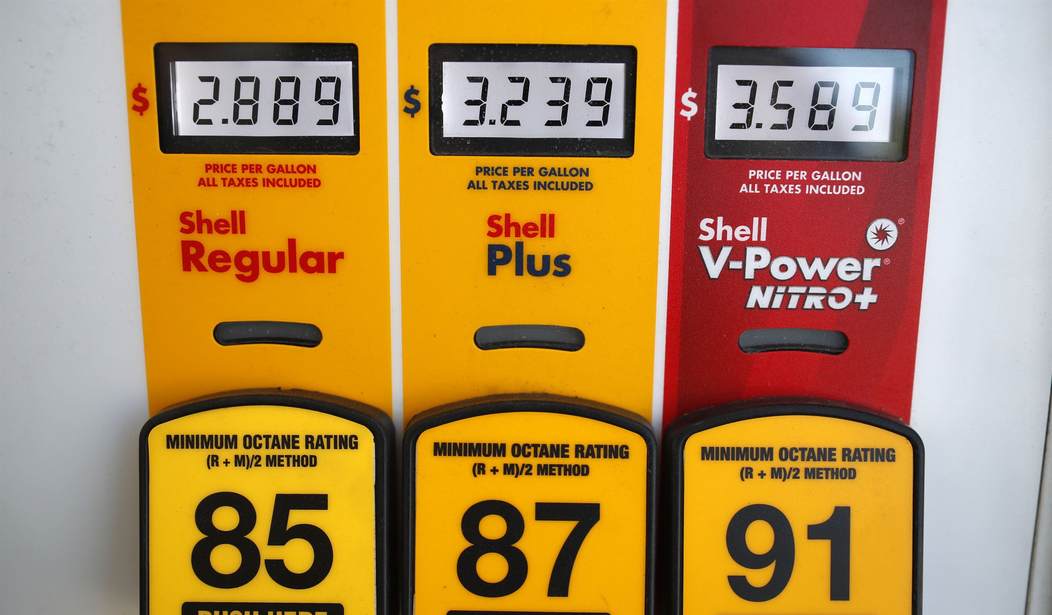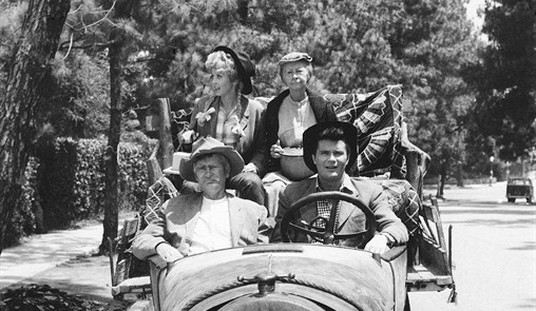The Consumer Price Index rose in April by 4.2 percent — the biggest jump in consumer prices since 2008 and jittery markets reacted negatively. Worries over an increase in interest rates just as the United States is emerging from the pandemic recession sent stocks lower and bonds higher after the announcement.
“The CPI data point feeds into a myopic narrative that the US is overheating and the Fed is one step away from tightening,” said Mike Bailey, director of research at FBB Capital Partners. “Bears will feast on this tightening theme in the short term, but my sense is inflation will prove fleeting and markets will revert back to a more bullish view of moderate growth and lower risk of Fed tightening until we get to a full recovery.”
That’s one possible scenario. Another possible scenario is that Joe Biden spends us into near-oblivion and the Fed is forced to raise rates to shore up the dollar. With interest rates currently at or near zero, any tightening by the Fed is bound to raise the pucker factor on investors.
But that 4.2 percent rise in prices is meaningless. Anyone who goes to the grocery store once a week knows that prices are rising much faster than that. But food and energy prices aren’t included in the “shopping basket” from which the CPI is figured. One needs to look at household staples like sugar and flour or the price of a gallon of gas to know the true cost of living.
Energy prices overall jumped 25% from a year earlier, including a 49.6% increase for gasoline and 37.3% for fuel oil. That came even though most energy categories saw a decline in April.
Prices at the pump, which fell 1.4% in April, have resumed their climb in May, with the national average eclipsing $3 a gallon for the first time since November 2014, according to AAA. Further rises are likely from Friday’s cyberattack that shut down Colonial Pipeline’s main transmission line from Houston to New Jersey.
Used car and truck prices went up 10 percent in April and are up 21 percent for the year. Furniture, travel, and insurance were also up substantially.
Some economists are saying these numbers are transitory, but that’s because they are being compared to numbers in 2020 that were recorded at the height of the economic downtown during the pandemic.
In addition to rising prices, one of the main reasons for the big annual gain was because of base effects, meaning inflation was very low at this time in 2020 as the Covid pandemic caused a widespread shutdown of the U.S. economy. Year-over-year comparisons are going to be distorted for a few months because of the pandemic’s impact.
For that reason, Federal Reserve policymakers and many economists are dismissing the current round of numbers as transitory, with the expectation that inflation settles down later this year around the 2% range targeted by the central bank.
There is a huge global rally in stocks, leading to fears that many companies may be overvalued. The resulting “correction” could easily set off a panic that could derail any recovery from the pandemic.
These are extraordinarily volatile economic times. Those who keep their heads will no doubt profit from the uncertainty.










Join the conversation as a VIP Member